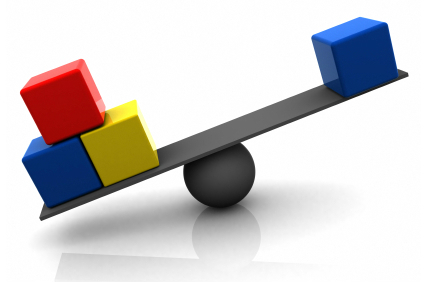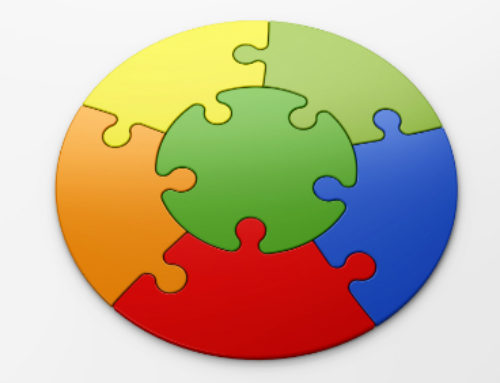How do you know if your business is successful? How do you measure success? The Balanced Scorecard can help.
In 1992 Robert Kaplan and David Norton wrote an article for the Harvard Business Review titled “The Balanced Scorecard – Measures that Drive Performance”. The article was the result of a year long research project into 12 companies at the leading edge of performance management.
They observed that companies easily fall into measuring either financial performance or operational performance and proposed that successful performance management had to be much more balanced across the complete business. The model they proposed – The Balanced Scorecard – has since been used extensively in all types of organization.
“What you measure is what you get.” Kaplan & Norton
The Balanced Scorecard
The Balanced Scorecard looks at a business’s strategy and performance from four different perspectives: the financial perspective, the customer perspective, the internal/business processes perspective, and the innovation & learning perspective. The model proposes that the choice of strategic objectives and the measurement of those objectives should happen within each of these four perspectives so that business’s success is measured in a complete way.
Financial Perspective
To achieve your vision, how should the business look to owners or shareholders?
Measurement Examples:
- Net profit
- Gross profit margin
- Return on investment
- Return on capital employed
Customer Perspective
To achieve your vision, how should customers see you?
Measurement Examples:
- Market share
- Conversion rate
- Customer satisfaction
- Customer turnover rate
- Customer complaints
Internal/Business Processes Perspective
To achieve your vision, what must the business excel at?
Measurement Examples:
- Capacity utilisation
- Order fulfilment time
- Stock turnover
- Down time
- Quality levels
Innovation and Learning Perspective
To achieve your vision, how will you maintain the ability to change and improve?
Measurement Examples:
- Personnel turnover
- Patents filed
- Sales of new products as a percentage of total products
- Market share growth from new products
- Ideas/suggestion levels
Applying the Model
The purpose of the Balanced Scorecard isn’t to have more measures but to have the right measures. Once you start measuring something your business resources should be spent trying to improve those measures. “What you measure is what you get.”
1. Identify the strategic ‘Objectives’ within each perspective.
What must happen in each perspective to fulfill the vision?
2. Determine what ‘Measures’ you can use to evaluate progress towards those objectives.
What are your key performance indicators going to be?
3. Choose ‘Targets’ for each of the measures.
The targets you choose must be realistic and attainable if they are going to encourage the performance you want.
4. Identify ‘Initiatives’ to meet those targets.
Use the initiatives that you identify as the basis for creating plans and budgets that you can use day to day.
Summary
The Balanced Scorecard is a simple framework that provides a more complete approach to choosing targets and measures. It should give you confidence that you know how successful your business is actually being and, of course, it is another tool that can help to set your business free.
© Business Set Free Ltd 2013
This is just one of many articles that you can find at BusinessSetFree.com or click to subscribe to our free e-newsletter.






